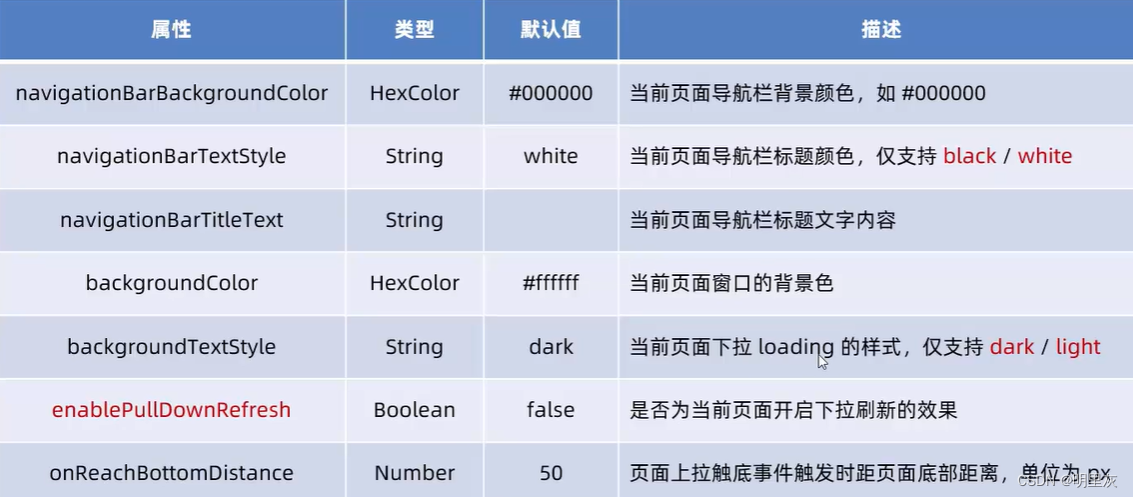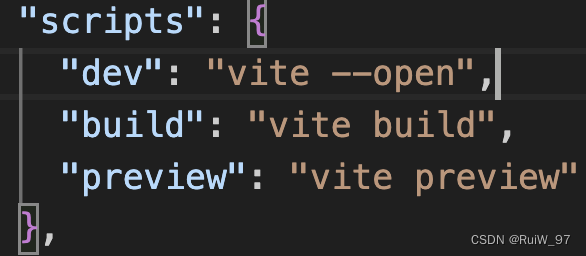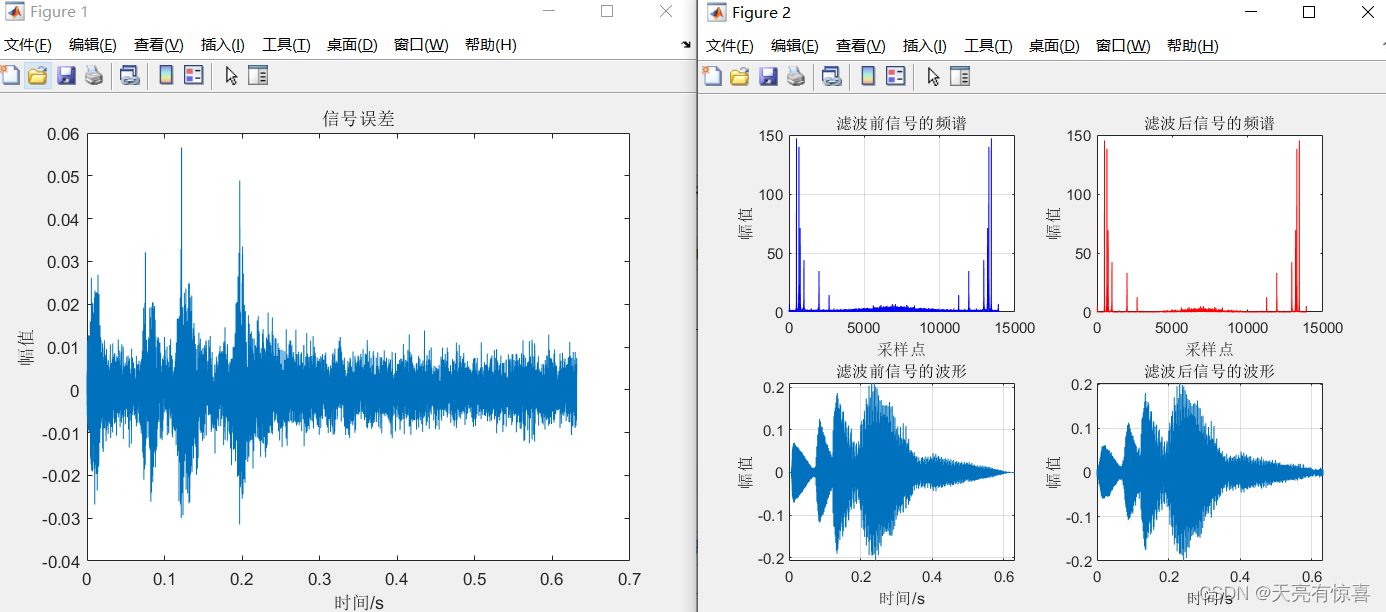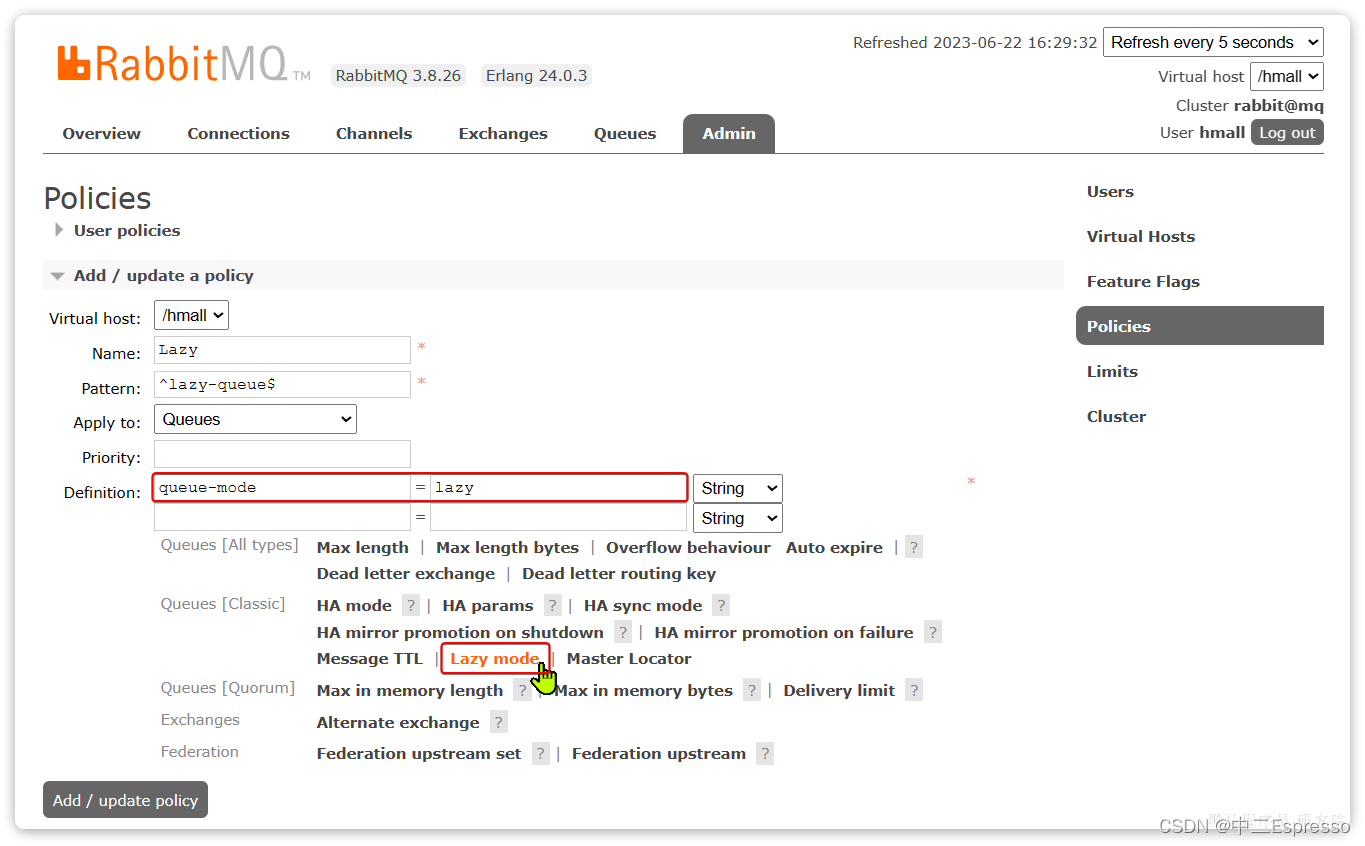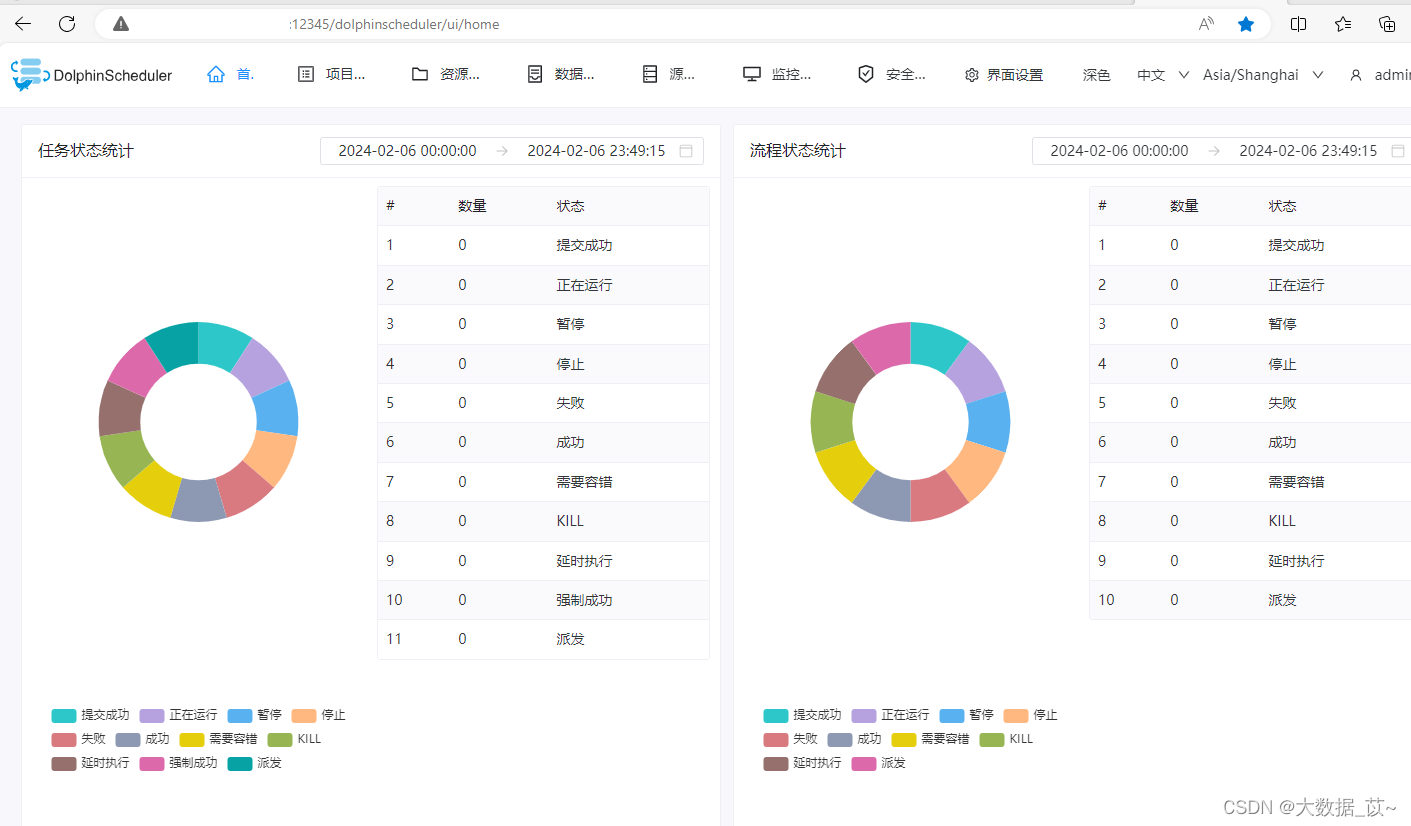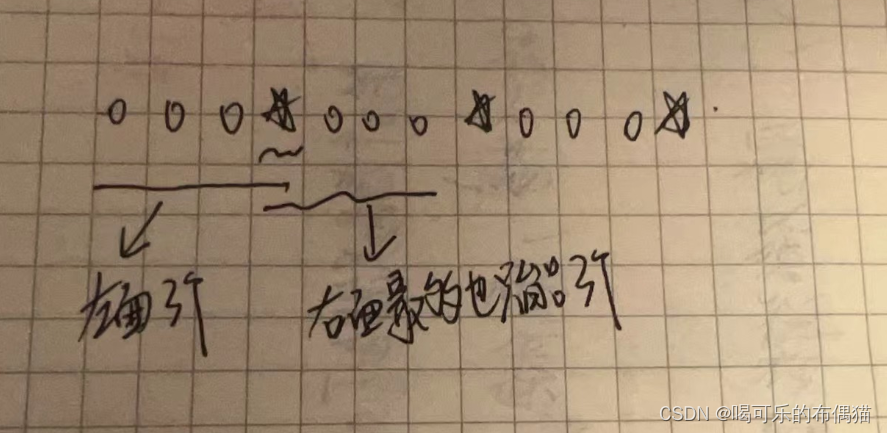Java中处理I/O操作的不同方式:BIO,NIO,AIO

亲爱的朋友,
在这美好的时刻,愿你感受到生活的温暖和欢乐。愿你的每一天都充满着笑容和满足,无论面对什么挑战都能勇往直前,化解困境。
希望你的心中充满爱和被爱的力量,与亲人朋友分享彼此的喜悦与快乐。愿你的努力与付出都得到应有的回报,让生活的经历变成丰富的财富。
愿你的每一个愿望都能如期实现,每一份期待都能变成美好的现实。愿你的未来充满惊喜和憧憬,而每一天都是属于你独一无二的精彩故事。
祝福你生活美满,前程似锦,充满阳光和希望!
首先,我们需要知道,Java中处理I/O操作的不同方式的不同方式有几种。
BIO、NIO和AIO是Java中处理I/O操作的三种不同方式,它们分别代表阻塞I/O、非阻塞I/O和异步I/O。下面是对它们的详细介绍,在这里我们结合代码进行一个综合演示,代码由于是伪代码,可能存在不足,仅供大家参考:
-
BIO(Blocking I/O)阻塞I/O:
-
特点: 在阻塞I/O中,当一个线程在进行I/O操作时,它会被阻塞,直到操作完成。这意味着当一个线程在读取或写入数据时,它无法执行其他任务,直到I/O操作完成。
-
适用场景: 适用于连接数较少且连接时间较长的情况,例如传统的Socket编程。
-
代码演示:
import java.io.IOException; import java.io.InputStream; import java.net.ServerSocket; import java.net.Socket; public class BlockingIOServer { public static void main(String[] args) throws IOException { ServerSocket serverSocket = new ServerSocket(8888); while (true) { Socket clientSocket = serverSocket.accept(); // 阻塞等待客户端连接 InputStream inputStream = clientSocket.getInputStream(); // 处理输入流,阻塞直到数据可读 int data = inputStream.read(); System.out.println("Received data: " + data); // 其他业务逻辑处理 } } }
-
-
NIO(Non-blocking I/O)非阻塞I/O:
-
特点: NIO引入了通道(Channel)和缓冲区(Buffer)的概念,以及选择器(Selector)来实现非阻塞I/O。在非阻塞I/O中,一个线程可以管理多个通道,通过选择器监视这些通道的状态,当一个通道可读或可写时,线程可以切换到其他任务,而不需要等待I/O操作完成。
-
适用场景: 适用于连接数较多但每个连接的交互时间短的情况,例如网络编程中的聊天室。
-
代码演示:
import java.io.IOException; import java.net.InetSocketAddress; import java.nio.ByteBuffer; import java.nio.channels.SelectionKey; import java.nio.channels.Selector; import java.nio.channels.ServerSocketChannel; import java.nio.channels.SocketChannel; import java.util.Iterator; import java.util.Set; public class NonBlockingIOServer { public static void main(String[] args) throws IOException { ServerSocketChannel serverSocketChannel = ServerSocketChannel.open(); serverSocketChannel.bind(new InetSocketAddress(8888)); serverSocketChannel.configureBlocking(false); Selector selector = Selector.open(); serverSocketChannel.register(selector, SelectionKey.OP_ACCEPT); while (true) { selector.select(); Set<SelectionKey> selectedKeys = selector.selectedKeys(); Iterator<SelectionKey> keyIterator = selectedKeys.iterator(); while (keyIterator.hasNext()) { SelectionKey key = keyIterator.next(); if (key.isAcceptable()) { // 处理连接 SocketChannel clientChannel = serverSocketChannel.accept(); clientChannel.configureBlocking(false); clientChannel.register(selector, SelectionKey.OP_READ); } else if (key.isReadable()) { // 处理读事件 SocketChannel clientChannel = (SocketChannel) key.channel(); ByteBuffer buffer = ByteBuffer.allocate(1024); int bytesRead = clientChannel.read(buffer); System.out.println("Received data: " + new String(buffer.array(), 0, bytesRead)); // 其他业务逻辑处理 clientChannel.close(); } keyIterator.remove(); } } } }
-
-
AIO(Asynchronous I/O)异步I/O:
-
特点: AIO引入了异步I/O操作,其中读/写请求被提交给操作系统,而应用程序继续执行其他任务。当操作系统完成I/O操作时,会通知应用程序,这样就实现了异步的I/O操作。
-
适用场景: 适用于连接数较多且每个连接的交互时间不确定的情况,例如在高并发的网络服务器中。
-
代码演示:
import java.io.IOException; import java.net.InetSocketAddress; import java.nio.ByteBuffer; import java.nio.channels.AsynchronousServerSocketChannel; import java.nio.channels.AsynchronousSocketChannel; import java.nio.channels.CompletionHandler; public class AsyncIOServer { public static void main(String[] args) throws IOException { AsynchronousServerSocketChannel serverSocketChannel = AsynchronousServerSocketChannel.open(); serverSocketChannel.bind(new InetSocketAddress(8888)); serverSocketChannel.accept(null, new CompletionHandler<AsynchronousSocketChannel, Void>() { @Override public void completed(AsynchronousSocketChannel clientChannel, Void attachment) { serverSocketChannel.accept(null, this); // 继续接收下一个连接 ByteBuffer buffer = ByteBuffer.allocate(1024); clientChannel.read(buffer, buffer, new CompletionHandler<Integer, ByteBuffer>() { @Override public void completed(Integer bytesRead, ByteBuffer buffer) { System.out.println("Received data: " + new String(buffer.array(), 0, bytesRead)); // 其他业务逻辑处理 clientChannel.close(); } @Override public void failed(Throwable exc, ByteBuffer buffer) { // 处理读取失败 } }); } @Override public void failed(Throwable exc, Void attachment) { // 处理接受连接失败 } }); // 阻塞主线程,保持服务端运行 try { Thread.sleep(Integer.MAX_VALUE); } catch (InterruptedException e) { e.printStackTrace(); } } }
-
总的来说,BIO适用于连接数较少且连接时间较长的场景,NIO适用于连接数较多但每个连接的交互时间短的场景,而AIO适用于连接数较多且每个连接的交互时间不确定的场景。选择合适的I/O模型取决于具体的应用需求。在Java中,NIO和AIO是在Java 1.4 和 Java 7 中引入的,分别位于java.nio和java.nio.channels包中。

